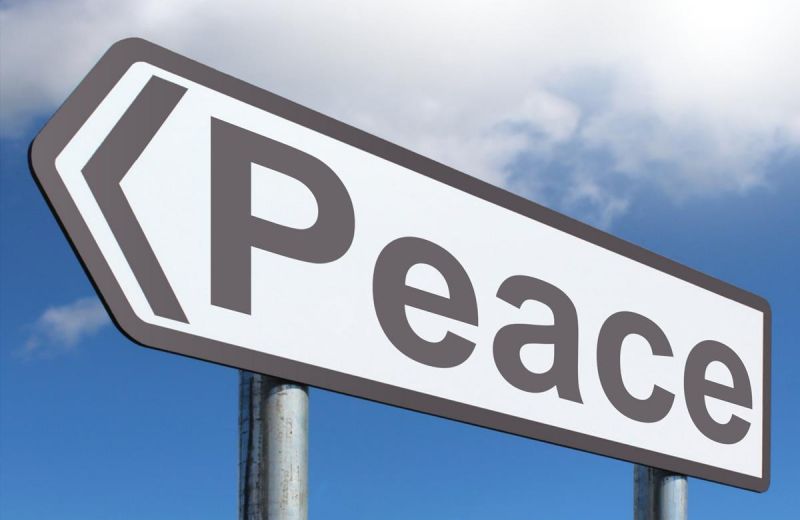 Research
/ The Israeli-Palestinian Peace Process
Research
/ The Israeli-Palestinian Peace Process
Azerbaijan and Armenia exited the Soviet Union in the early 1990s, putatively for a future of democracy. Twenty years later, both are on the opposite path. Over two decades of unresolved, highly militarized, ethno-nationalist territorial conflict over Nagorno-Karabakh (NK, or “Karabakh”) have come to dominate aspects of society in both states. Whether active or dormant, the constant threat of military escalation and solid resistance to political resolution places a significant burden on democratic political development in both places.
With its combination of competing ancient narratives and modern injury, the NK conflict shares various factors with Israel and Palestine. These factors are worth exploring not for the sake of inspiration. Rather, in comparing two stubbornly unresolved and often violent conflicts, I seek to identify aspects that contribute to political stagnation, escalation or other negative developments, with some distance. This paper seeks applicable lessons to mitigate the effects of conflict, even when a peace process is absent.
The main contours shared by both Israel-Palestine and NK involve conflicts in which one side, in word or deed, is ultimately unwilling to accept self- determination of the other. In each of the two conflicts, the geopolitical status of the land areas under dispute is unstable, eroding the political status-quo – Israel expands settlements, and Armenians deepen their grip over occupied regions of Azerbaijan. Social echo-chambers on both sides of each conflict commonly reinforce hardline positions.
The democratic character of the entities in these two conflicts appears less comparable at first glance. Azerbaijan and Armenia are former Soviet republics, struggling with transition; Israel proper has a culture of democracy. But a close look at each region shows protracted conflicts that are increasingly incompatible with democratic norms, even when such norms appear strong on the surface.
This paper examines the link between the unresolved conflict and internal political/social life within each of the two societies involved in the NK conflict, and what insights this holds for Israel and Palestine. It focuses mainly on internal dynamics, and only minimally on the international dimensions of both conflicts, because this appears to be a particularly pertinent area of comparison, as I seek to demonstrate below.


